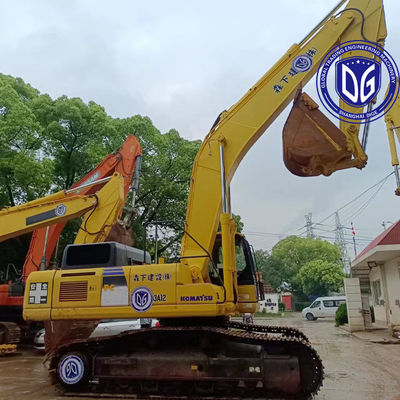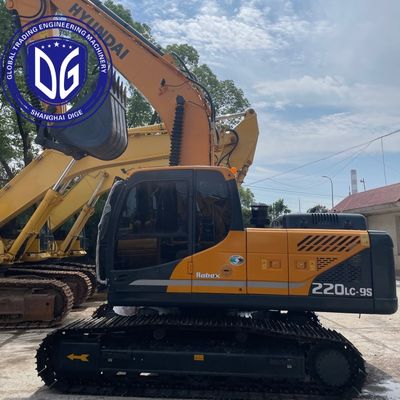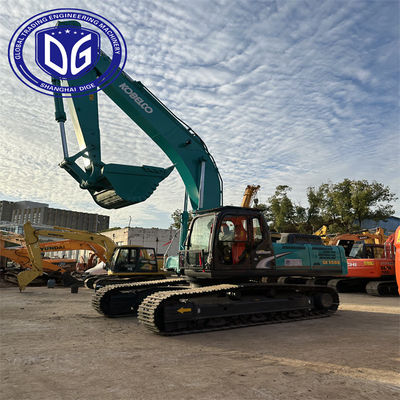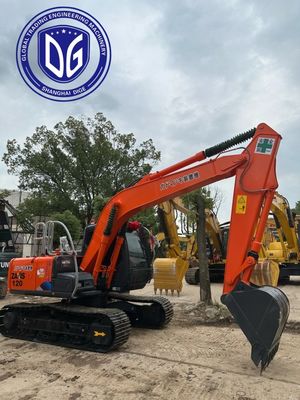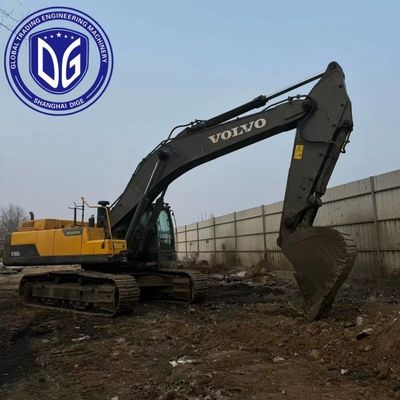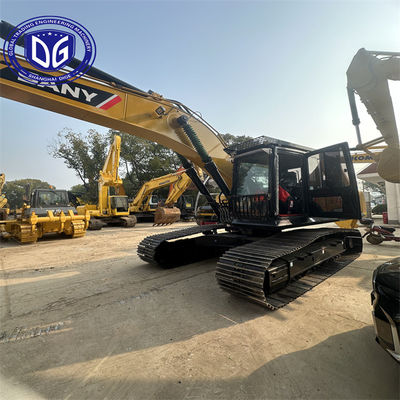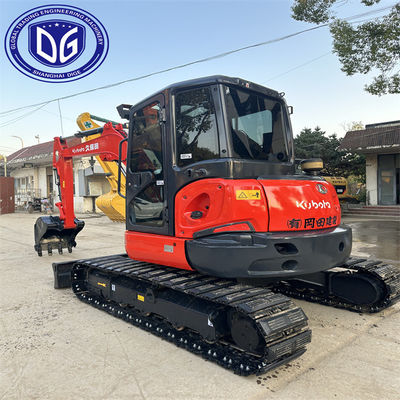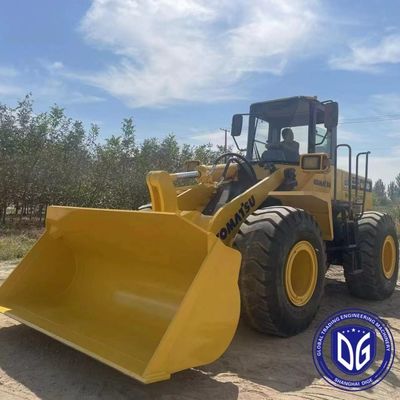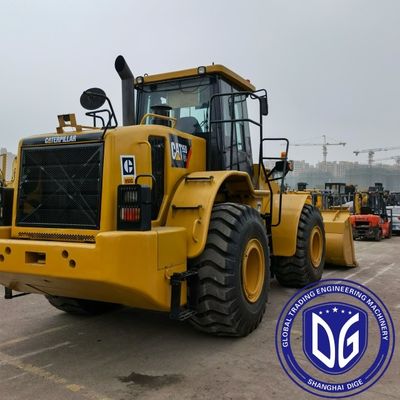Crawler Excavators vs. Wheel Excavators – Which Is Better for Your Project?
by Sam from Dige International Trading
If you’re planning to purchase a used excavator for your next project, one of the most important decisions you’ll make is choosing between a crawler excavator and a wheeled excavator. While both machines can dig, lift, and handle attachments, they are built for very different environments and needs.
At Dige International Trading, we’ve helped hundreds of buyers select the right excavator type based on terrain, job site limitations, transport needs, and operating budget. Below is a practical comparison to help you decide which is better for your specific project.
What Is a Crawler Excavator?
A crawler excavator runs on a continuous tracked undercarriage. It’s designed for:
-
Uneven or muddy terrain
-
Heavy-duty digging and demolition
-
Projects requiring ground stability, such as mining or road building
-
Long-term jobs on unprepared sites
Common models include Komatsu PC200-8, Caterpillar 320D, and Doosan DX225LC. These machines offer excellent traction and weight distribution, making them perfect for earthmoving and deep excavation.
What Is a Wheel Excavator?

A wheeled excavator, by contrast, is mounted on rubber tires and often used in:
-
Urban construction zones
-
Municipal utility work (sewer, water, electricity)
-
Paved or hard-surface environments
-
Jobs that require frequent relocation between sites
Popular models include Hyundai R170W-9, Volvo EW145B, and Doosan DX190W. These machines are faster on roads and easier to move without a trailer, making them ideal for city contractors.
Key Differences Explained
The main difference lies in mobility and terrain adaptability. Crawler excavators are slower and typically require a trailer for transport, but they excel on rough or muddy ground where traction and stability are critical. Wheeled excavators, on the other hand, can drive between job sites independently and are better suited for hard surfaces like asphalt or concrete.
When it comes to stability, crawlers have the advantage. Their lower center of gravity and wider footprint allow for stronger digging force and safer lifting on uneven terrain. Wheeled excavators can be less stable, especially when lifting heavy loads, and may require outriggers for extra support.
In terms of operating and maintenance costs, wheeled excavators are often more economical in urban settings—they travel faster, are easier to maneuver, and tire maintenance is generally cheaper than repairing or replacing track components on crawlers.
Which Should You Choose?
Choose a crawler excavator if your project involves:
-
Construction in undeveloped rural areas
-
Large-scale digging or deep trenching
-
Heavy lifting or working on slopes
-
Mining, quarrying, or dam projects
Choose a wheeled excavator if your project involves:
-
Municipal repairs or public utility work
-
Roadside trenching or drainage
-
Operating on paved ground in tight cities
-
Multiple job sites in one day
In some cases, our clients operate both types within one fleet to cover different project types efficiently.
Used Models Available at Dige

We stock both crawler and wheeled excavators, including:
-
Caterpillar 320D, Komatsu PC210LC, Doosan DX225 (crawler)
-
Hyundai R210W, Doosan DX60W (wheeled)
All machines are tested, fully photographed, and inspected before shipment. We help clients select based on working hours, year, engine model, and attachments needed.
Shipping and Documentation
We export worldwide, including to:
-
Africa, Southeast Asia, Middle East, and South America
-
All shipments include loading videos, engine test clips, and customs-ready documents
-
Optional third-party inspection and spare parts supply available
Want to explore more machines and updates? Check out our YouTube channel for detailed videos!
Follow us on TikTok to see more real-time videos and featured equipment!

 Your message must be between 20-3,000 characters!
Your message must be between 20-3,000 characters! Please check your E-mail!
Please check your E-mail!  Your message must be between 20-3,000 characters!
Your message must be between 20-3,000 characters! Please check your E-mail!
Please check your E-mail! 
